I recently updated my computer and when I was in the middle of the process I felt that it was also time to look through all of the drawers and see what other technological devices I might have lying around unused for whatever reason. The initial reason for the dig was based on my being able to return a number of old tech things to Dell for proper recycling as opposed to garbage. Here was one of the things I found, my almost two decade old Iomega Zip Drive. Though it came out in 1994, I didn’t have access to one of them until around 1996 when one of the firms I worked for used them for training demos. After using it to do some tutorials I knew I had to have one for my home and all the massive amounts of files I could now easily save.
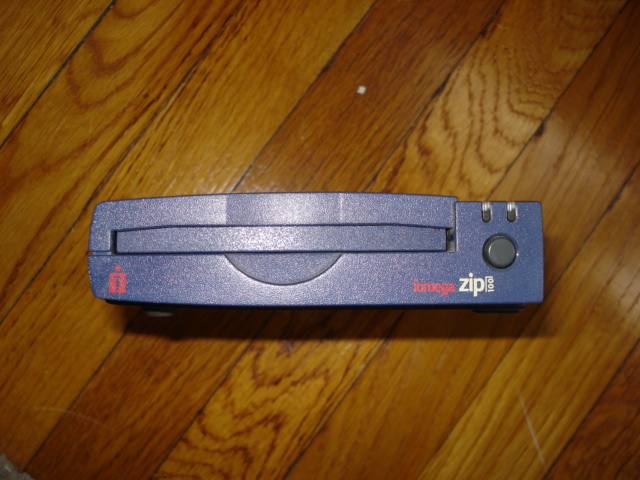
This was a really cool piece of tech to use and great if you did any freelance support since you could load a batch of utilities on there and go on client gigs and have them at hand by setting up the drive to their PC. It was a lightweight and functional drive at the end of the day. It was about six or seven inches in length and only about two inches thick so very portable. Here is a slightly different view of the thing.
These drives were popular when they first came out as they offered people the chance to save 100 megabytes of data as opposed to the 1.44 offered to them by floppy disks. This was originally great for saving your photographs as those could get large depending on how you scanned them. Back in the day when I first got my Zip Drive there were a choice few who had digital cameras. You had to get your images on the PC by scanning them. I know, how barbaric those olden days of the nineties were.
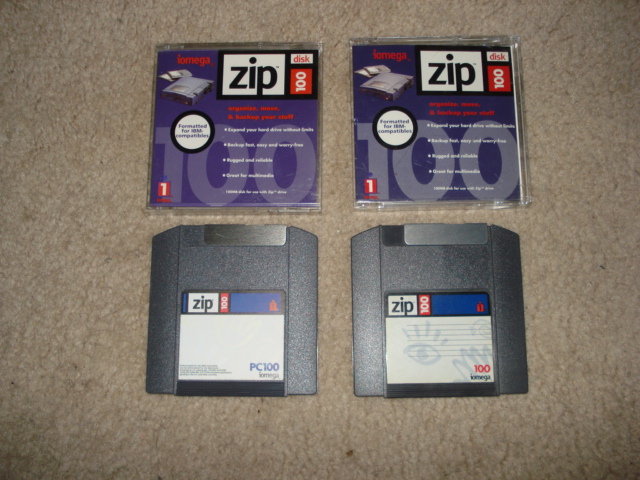
You connected the Zip drive to the computer via the parallel port which used to be commonly associated with the printer you were using. During its time this was always easy to find on the rear of the PC or laptop but nowadays you will not find one given that almost everything is using USB or Firewire printing exclusively.
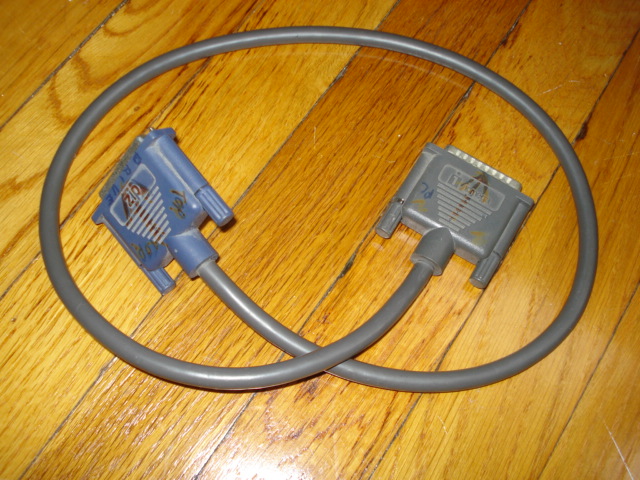
It also had this bulky and very heavy AC Adapter. I would always find myself losing two plugs on the power strip when I needed to use this. Eventually I had to add an additional power strip so I could keep this drive accessible a little more than I was.
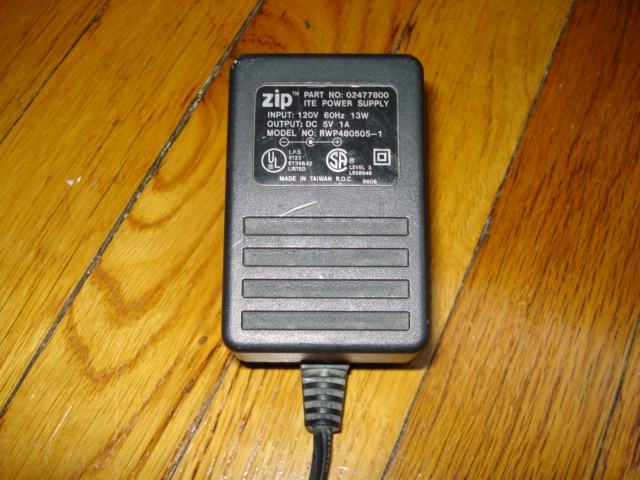
So back to the data storage. Nowadays data is stored on these USB flash drives like the one pictured below and they have proved to be much more reliable than the Zip disks. They are also much faster. The particular dongle in the photo below is a whopping 8 gigabytes. That is essentially more than a couple of hundred of the previously presented Zip 100 disks. The flash drive is only about three inches long and can be worn on your neck for easy access. I’ll take it.
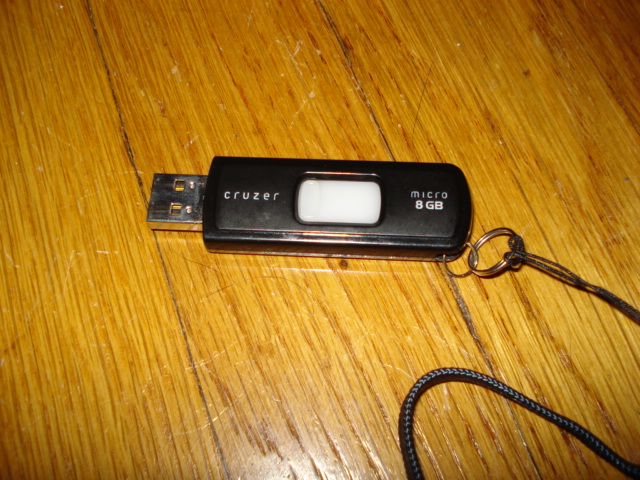
And of course the USB drive above is far better than dealing with these jobbies anymore. Computers don’t even have a drive for their usage anymore and purchasing one will cost you an unnecessary couple of hundred dollars. Why waste the money.
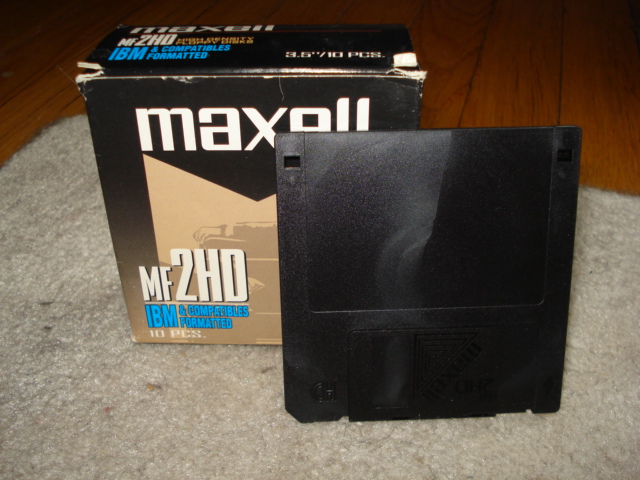
In the end I did part with the drive and a few of the disks that I had that were still sealed. The ones with data were formatted and then destroyed/disposed of. I’m not sure what ended up happening with the drive, but I did notice it gone only moments after leaving it in my building lobby. Since it still worked fine and had disks I was sure that someone with an older machine would be able to make some further use of it. To read more about the actual device and the company that made it, click their Wikipedia entry HERE.

